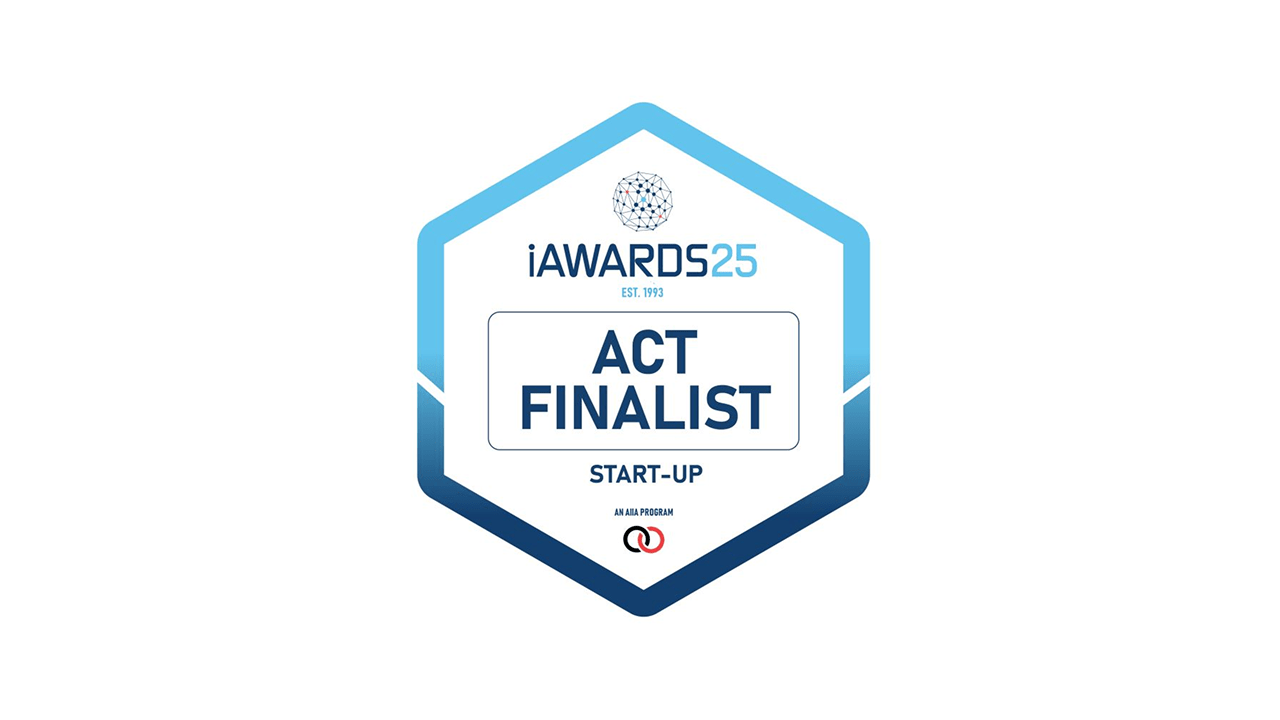 All Posts
All Posts
IMPACTFUL AI Business Cases
14 April 2025|AI

IMPACTFUL AI Business Cases: Building Strong AI Strategies
Discover how AI has evolved into a strategic capability and learn how to build impactful AI business cases for transformation.AI is no longer a buzzword, it’s a strategic capability. But moving from excitement to execution requires more than enthusiasm. It demands a strong business case. And not just any business case, one that is IMPACTFUL.
When AI initiatives stall, it’s rarely because the technology doesn’t work. It’s because the organisation doesn’t see the value clearly enough to prioritise it. That's why your business case must connect dots between technology and transformation, logic and leadership, opportunity and outcome.
Here’s how to build a business case that is truly IMPACTFUL :
I - Identify the Problem (or Opportunity) Clearly
Start by framing the problem you’re solving or the opportunity you’re unlocking. Be specific. Use real-world examples. Avoid falling into the trap of "adopting AI for AI’s sake." If AI is the hammer, what is the nail? What’s the size, scope, and urgency of it?
Pro tip: Tie the problem to strategic goals; revenue growth, cost optimisation, risk reduction, customer experience, or innovation.
M - Map the Current State
Show how the business operates today without AI. Highlight inefficiencies, risks, costs, or missed opportunities. This helps create a baseline for comparison and gives executives a clear picture of what’s at stake.
Pro tip: Use relatable stories or simple visuals to make the current pain points felt, not just understood.
P - Position AI as an Enabler, Not the Hero
AI is powerful, but it’s not magic. It’s an enabler that supports people, processes, and decisions. Your business case should frame AI as augmenting human capabilities, improving systems, and making the organisation more agile and intelligent.
Pro tip: Avoid overhyping. Focus on the why and how AI will drive outcomes, not the what of AI itself.
A - Align with Strategic Priorities
Executives fund what furthers the mission. Your business case must show how AI initiatives align with top organisational priorities, not side projects or pet experiments. Speak the language of your leadership team: growth, resilience, scalability, competitive advantage.
Pro tip: Quote strategic initiatives, OKRs, or boardroom agendas directly if you can.
C - Calculate the Impact (Hard and Soft)
Quantify benefits wherever possible: ROI, productivity gains, cycle time reductions, risk mitigation. But also highlight intangible impacts, employee empowerment, customer satisfaction, brand innovation. Numbers tell the story, but emotions drive action.
Pro tip: Use ranges or scenarios if precise numbers are hard to pin down. Confidence in outcomes matters more than false precision.
T - Tackle Risks and Mitigation Plans
Be proactive. Address risks, data privacy, change management, integration complexity, skills gaps, before leadership raises them. Show you have a plan to manage them. A credible, thoughtful view on risks builds trust.
Pro tip: Frame risks as manageable challenges, not insurmountable obstacles.
F - Frame the Future Vision
Paint a clear, inspiring picture of what success looks like after AI adoption. How will employees work differently? How will customers experience the brand? How will decision-making change? Make the future tangible.
Pro tip: Use storytelling techniques, future-state narratives are powerful tools for buy-in.
U - Understand and Show Quick Wins
Big visions are great, but organisations need proof fast. Highlight where quick wins can be achieved, early pilots, MVPs, incremental rollouts, that deliver value in months, not years.
Pro tip: A quick win doesn’t have to be huge; it just has to be meaningful enough to build momentum.
L - Lead with a Call to Action
Don’t leave your business case open-ended. End with a clear ask: funding, resources, executive sponsorship, a pilot greenlight. The goal is to turn your case into action.
Pro tip: Be bold but respectful — a confident close signals belief in the opportunity.
Final Thought
A business case for AI is not a technical document, it’s a leadership tool. When you make it IMPACTFUL, you shift the conversation from technology adoption to business transformation, which digs you out of the PoC graveyard, and that’s when real change happens.
Nicholas Jeans
CTO
Recent Posts

KB Technolog Dolium, a System of Work
6 June 2025 | AI, Business, Dolium, Technology

Congratulations to KB Technology – ACT Finalist in the 2025 iAwards! 🎉
6 June 2025 | AI, Business, Dolium, Technology

From Systems of Record to Systems of Work
28 May 2025 | Dolium, Technology
